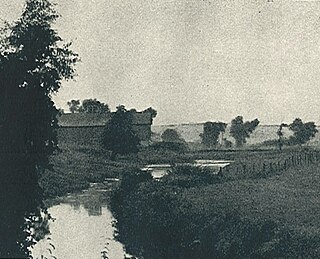 W
WThe Bell Site is located on the south side of Big Lake Butte des Morts in Winnebago County, Wisconsin, about 52 miles southeast of Green Bay. The site is classified as an early Historic village of the Fox tribe.
 W
WThe Carcajou Point Site is located in Jefferson County, Wisconsin, on Lake Koshkonong. It is a multi-component site with Prehistoric Upper Mississippian Oneota and Historic components.
 W
WThe Mero Site is a stratified, multicomponent Prehistoric site located on the Door Peninsula in Door County, Wisconsin, United States. It was excavated in 1960 by Ronald and Carol Mason under the auspices of the Neville Public Museum in Green Bay, Wisconsin, with financial backing from the landowner, Peter Mero.
 W
WThe Midway Site (47LC19) is a Prehistoric Upper Mississippian Oneota site in La Crosse County, Wisconsin. It is located about 10 miles north of LaCrosse near the juncture of the Black and Mississippi Rivers.
 W
WThe Rock Island II site is located on the south side of Rock Island, in Door County, Wisconsin, United States, at the mouth of Green Bay, within the boundaries of Rock Island State Park. It is classified as an Early Historic site with occupations by the Potawatomi, Huron, Petun, Ottawa and Wyandot tribes.
 W
WTrempealeau is a village located along the Mississippi River in Trempealeau County in the U.S. state of Wisconsin. The population was 1,529 at the 2010 census. The village is located within the Town of Trempealeau.
 W
WThe Walker-Hooper Site (47-GL-65) is a multicomponent Prehistoric site complex located on the Grand River in the Upper Fox River drainage area in Green Lake County, Wisconsin. It consisted of at least 2 village sites and several mound groups. It was excavated by S.A. Barrett under the auspices of the Milwaukee Public Museum in 1921 and again in 1967 by Guy Gibbon of the University of Wisconsin-Milwaukee. The major component of the site is an Upper Mississippian Oneota palisaded village. Other components were also present, mainly Late Woodland but also including Archaic, Early Woodland and Middle Woodland.